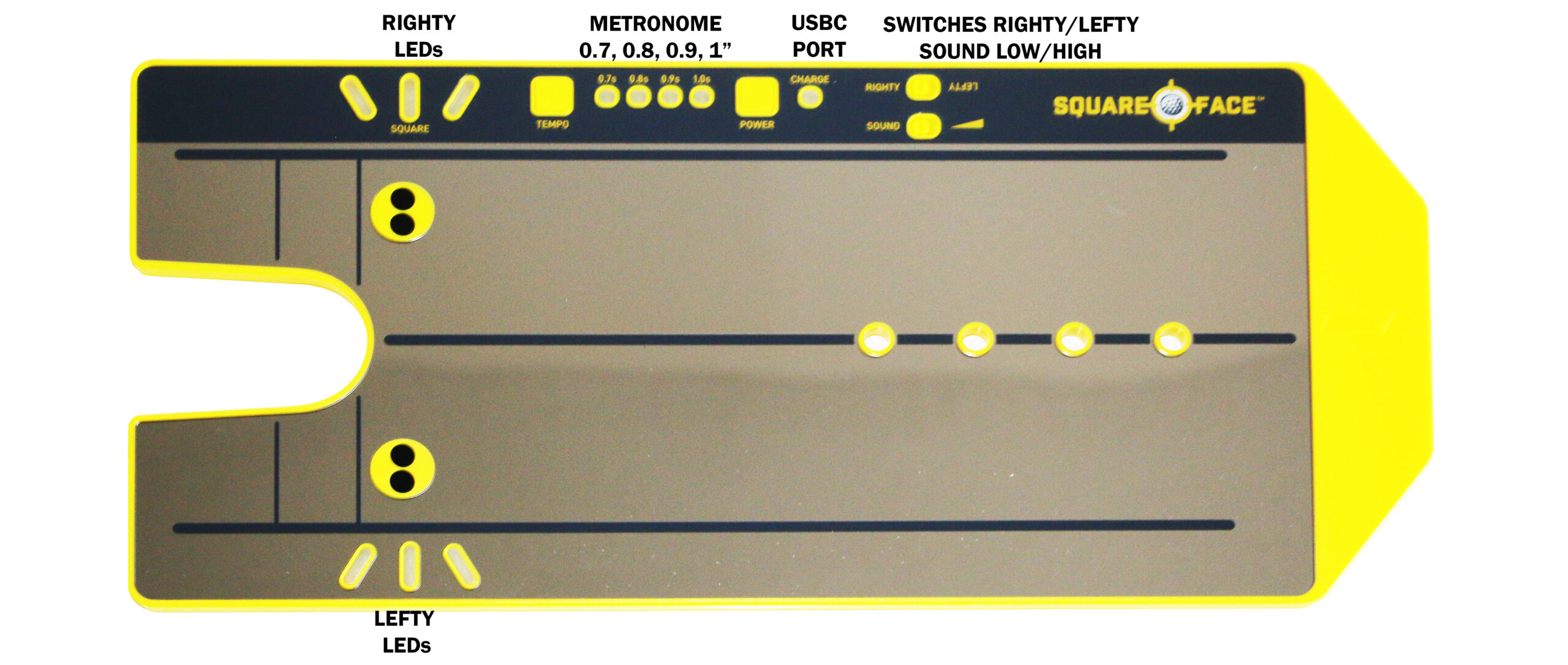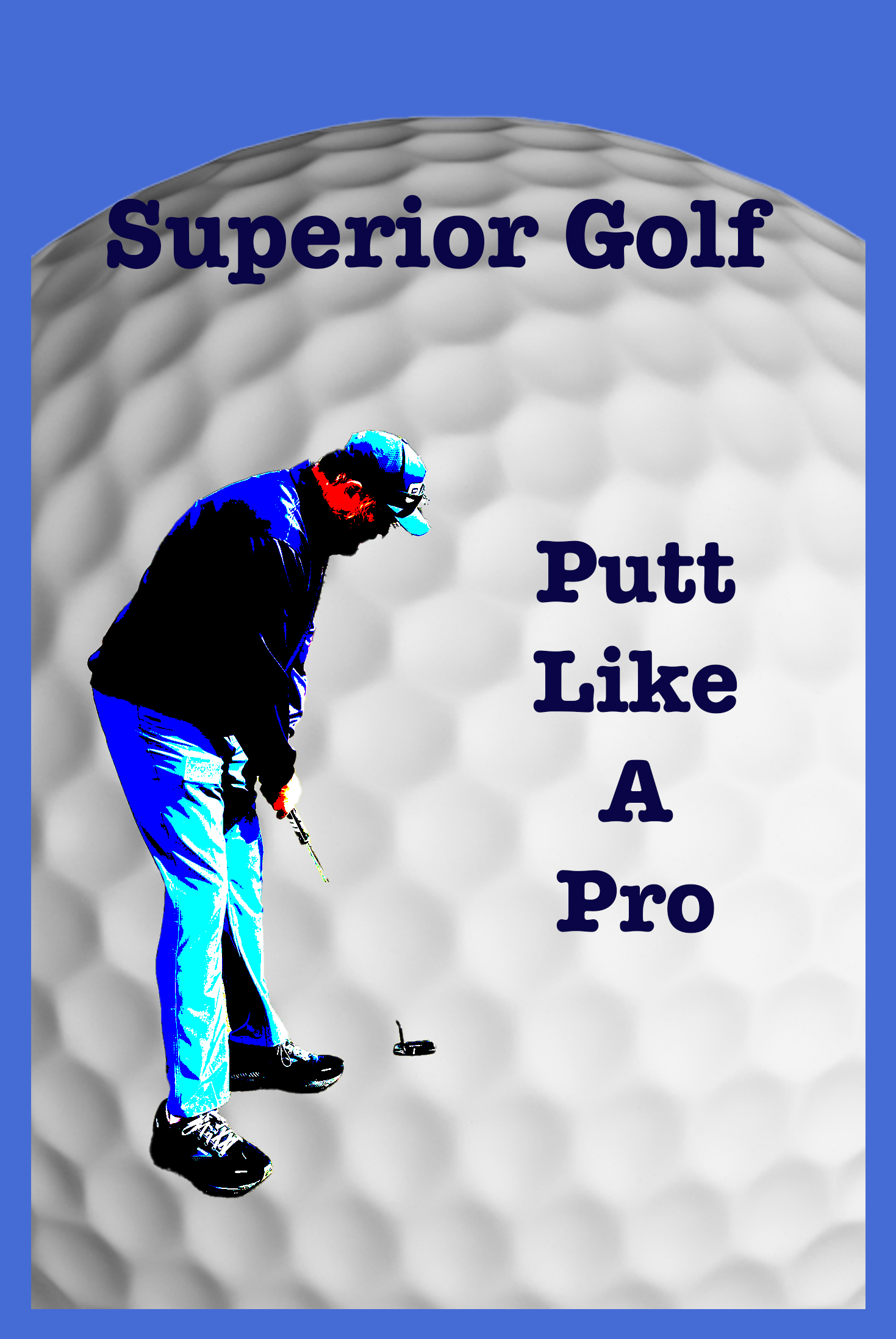Insert vs. milled putters: 3 basis of each to help you make the right choice
Insert vs. Milled Putters: When it comes to holing more putts and lowering your scores, there’s no club more crucial than your putter. But with a vast array of putters on the market, choosing the right one can feel like navigating a tricky green with hidden breaks. Today, we’re diving deep into the world of putter faces, specifically the two main contenders: insert putters and milled putters. Understanding their construction and how it affects feel and performance will help you decide which putter best suits your putting stroke and green reading skills.
The Science Behind the Strike: Insert Putters
Imagine this: you catch the sweet spot on a lag putt, sending the ball rolling smoothly down the green. Insert putters aim to replicate that satisfying experience consistently. These putters feature a thin layer of a softer material, like polyurethane or aluminum, bonded to the putter face. This insert acts like a mini-trampoline, creating a slightly springy feel at impact.
Feel & Feedback:
The big draw of insert putters is the softer feel they provide. This can be particularly appealing to golfers who prefer a more muted response off the face. Some golfers also find the softer feel translates to better distance control, allowing them to gauge how hard to strike the putt for the desired roll. However, the softer insert material can sometimes lead to a slightly muted feedback in terms of how well you centered the strike.
Performance Perks:
The key advantage often touted for insert putters is their potential to improve distance control. The trampoline effect of the insert can help the ball roll further with a consistent strike, especially on mishits. This can be a significant benefit for golfers who struggle with finding the sweet spot consistently. Additionally, some inserts incorporate specific grooves or textures designed to promote a truer roll, reducing unwanted skid or hop off the putter face.
Milled Magic: The Art of Precision
For golfers who crave a more traditional feel and maximum feedback, milled putters are the holy grail. These beauties are crafted from a single piece of soft metal, typically carbon steel or stainless steel. The magic happens through a CNC milling process, where computer-controlled machinery carves intricate patterns onto the putter face with incredible precision.
Feel & Feedback:
Milled putters deliver a firmer feel at impact, with a higher-pitched, more traditional “click” sound. This firmer feel provides golfers with more feedback on the quality of strike. You can feel the difference between a pure center strike and a slight toe or heel mis-hit, allowing you to refine your putting stroke for better distance control and accuracy.
Performance Prowess:
The precision of the CNC milling process allows for the creation of intricate face designs that go beyond simple aesthetics. These grooves and channels can be strategically placed to influence the ball’s roll characteristics. For example, some milled putters feature face milling patterns designed to promote a forward roll, reducing backspin and ensuring a truer, more predictable roll, especially on longer lag putts.
The Great Putt Off: Choosing Your Weapon
So, insert or milled? It truly boils down to personal preference and your putting style. Here’s a breakdown to help you decide:
- Feel First: If you prioritize a soft, muted feel and potentially more forgiving distance control, an insert putter could be your champion.
- Feedback Fanatic: If you crave the traditional, firmer feel and detailed feedback on strike quality, a milled putter might be your perfect match.
- Sound Check: Do you prefer the softer “thud” of an insert or the classic “click” of a milled putter? It’s all about personal preference!
Beyond Feel: Additional Considerations
Remember, feel is just one piece of the puzzle. Here are some other factors to consider when choosing between insert and milled putters:
- Head Shape & Weighting: The putter head shape (blade, mallet, etc.) and overall weight will significantly impact your stroke and feel. Experiment with different head styles to find one that promotes a smooth, repeatable stroke.
- Lie Angle & Loft: Having the putter lie angle and loft properly fit to your putting posture is crucial for consistent putting. A good putter fitting can ensure the putter sits square at address, promoting a more reliable path to the hole.
- Visual Appeal: Confidence is key in putting. Choose a putter that you find visually appealing and inspires trust when you stand over the ball.
The Final putt:
Ultimately, the best way to decide between insert and milled putters is to try them both out. Visit your local golf shop, spend some time on the putting green, and see which putter feels most comfortable and delivers the results you desire. Remember, there’s no single “best” putter face technology. The perfect putter is the one that helps you sink more putts and gives you confidence every time you line up.


The Square Face And Putt Like A Pro Book
Click here for 10% off the Square Face (use coupon code SUPERIORGOLF) and my eBook free with the purchase of the Square Face
